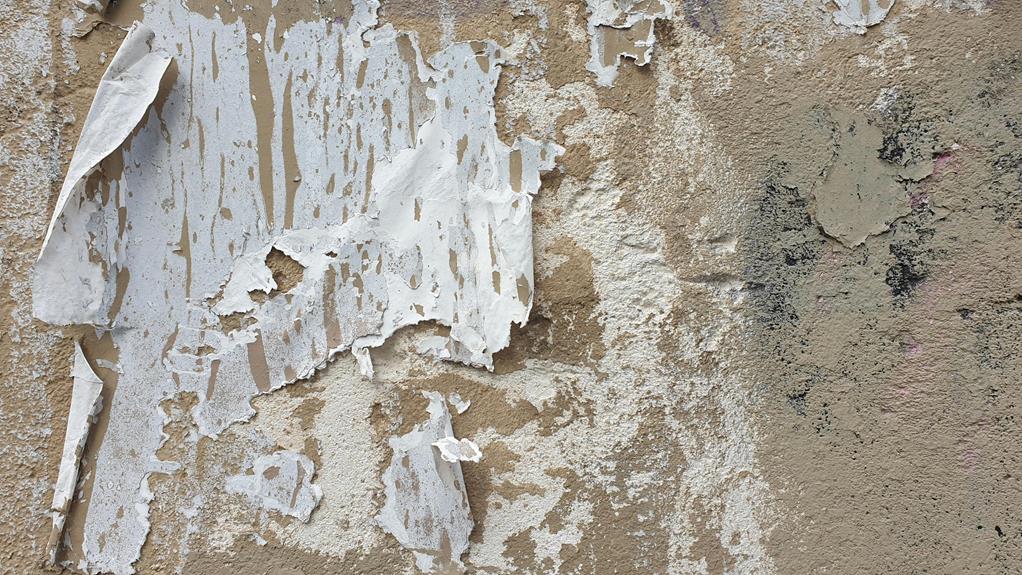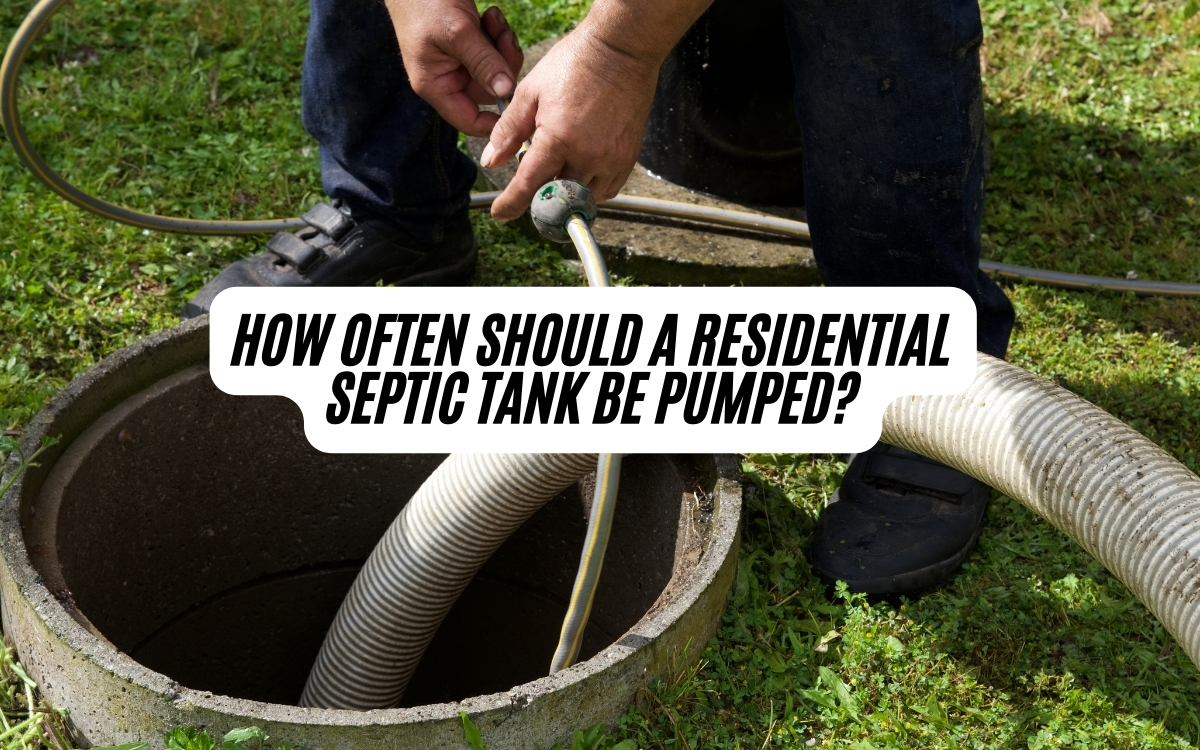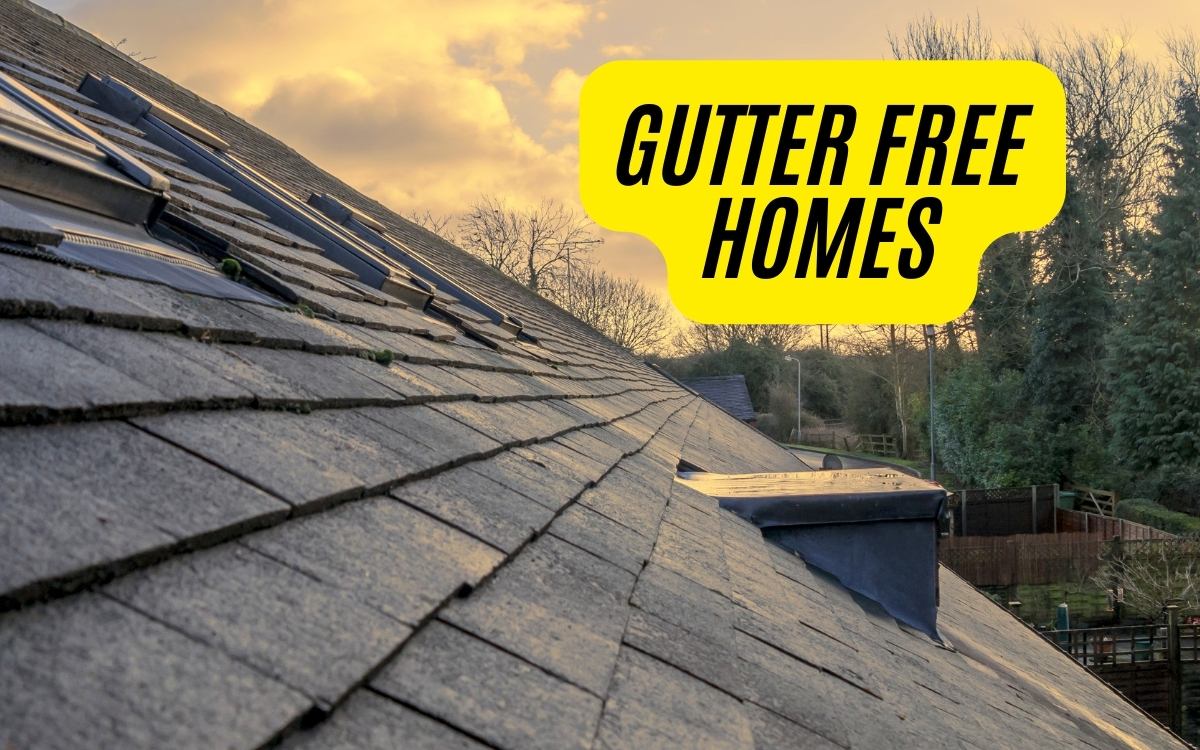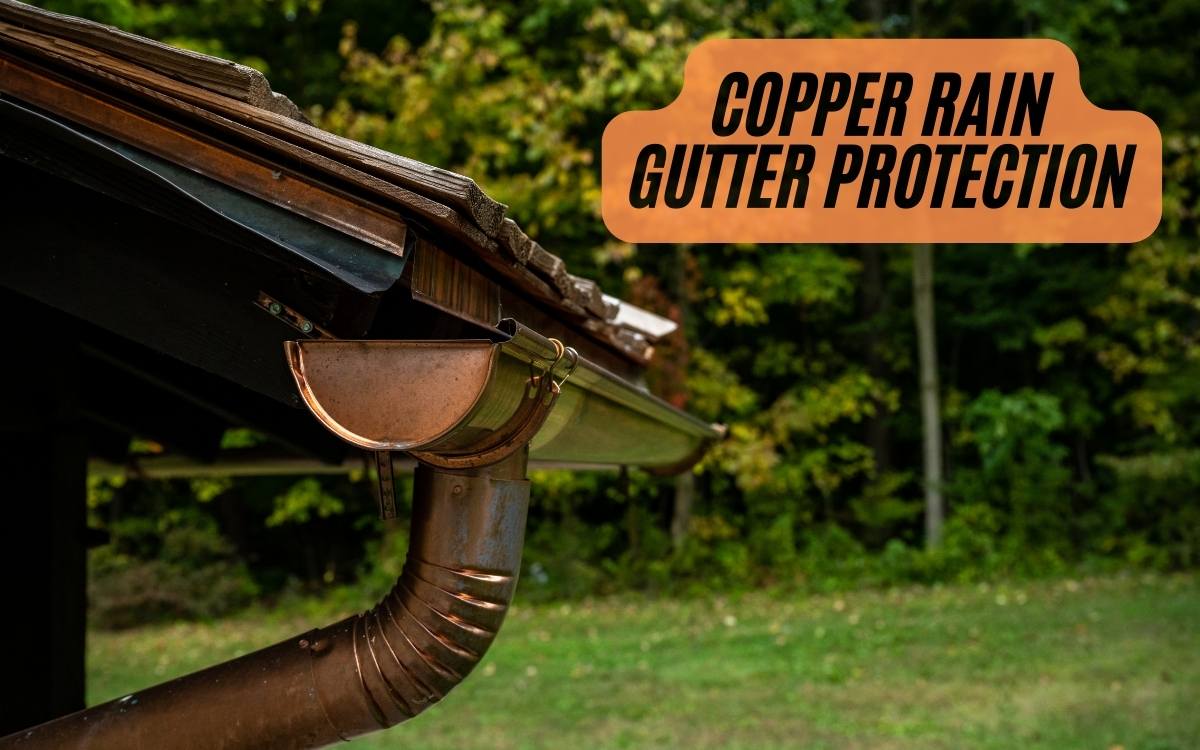STUCCO SHOWDOWN: EIFS Takes on Tradition
When it comes to exterior finishes, the traditional stucco and modern EIFS (Exterior Insulation and Finish System) both have their advantages and disadvantages. Traditional stucco, made from natural materials, offers affordability and ease of installation, while EIFS, composed of synthetic materials, provides better insulation and flexibility. While EIFS excels in thermal insulation and design flexibility, traditional stucco boasts durability and resistance to weathering. As the two materials diverge in performance, lifespan, and aesthetic appeal, understanding their differences becomes vital in making an informed decision for construction projects, and a closer examination of their characteristics is necessary to uncover the best choice for your building.
Traditional Vs. Modern Materials
Three types of materials have been used in stucco construction: traditional, modern, and a combination of both.
Traditional stucco is made from natural materials such as cement, sand, water, and limestone, consisting of a weather barrier, galvanized steel lath, and coats.
In contrast, modern stucco, also known as EIFS (External Insulation and Finishing System), is made from synthetic materials that provide better insulation properties.
EIFS consists of a rigid foam insulation board, nylon fiber mesh, and a base coat applied to the wall structure.
Both types have their advantages, with traditional stucco being affordable and easy to install, and EIFS providing better insulation and flexibility.
Understanding the differences between these materials is vital in making an informed decision for your construction project.
Weighing the Pros and Cons
When evaluating stucco options, weighing the pros and cons of traditional and EIFS systems is crucial to making an informed decision.
Traditional stucco offers affordability, fast curing time, and ease of installation and repair, making it a popular choice.
On the other hand, EIFS provides higher insulation value, flexibility, and durability, with a lower impact resistance. However, EIFS is more prone to water damage and requires regular inspections.
Installation and Cost Comparison
Beyond the pros and cons, another crucial aspect to ponder in the stucco showdown is the installation process and associated costs.
When it comes to installation, EIFS requires specialized labor and equipment, increasing its cost. In contrast, stucco installation is more labor-intensive, but materials are relatively inexpensive.
The cost difference is evident, with EIFS ranging from $3 to $6 per square foot and stucco from $2 to $5 per square foot. Particularly, EIFS installation is generally faster than stucco installation, which may appeal to those on a tight deadline.
However, crucially, one must weigh these factors against the long-term benefits and drawbacks of each material to make an informed decision.
Performance and Lifespan Analysis
As builders and homeowners weigh the costs and installation requirements of EIFS and traditional stucco, they must also consider the long-term performance and lifespan of each material.
EIFS has a lifespan of around 20 to 30 years, whereas traditional stucco can last up to 50 years. EIFS is more prone to water damage and requires regular inspections, whereas stucco is more durable and resistant to weathering, but can crack over time.
With regard to energy efficiency, EIFS provides excellent thermal insulation, reducing energy costs, with an R-value of around R-4 to R-6 per inch. While EIFS offers better insulation, traditional stucco’s breathability and durability make it a popular choice for construction projects.
Design Flexibility and Aesthetic Appeal
In the domain of exterior finishes, design flexibility and aesthetic appeal play a crucial role in determining the visual identity of a building.
EIFS and traditional stucco differ markedly in this regard. EIFS offers a wide range of colors, textures, and finishes, allowing architects and designers to express their imagination. It can be molded to create complex shapes and designs, making it an ideal choice for modern and futuristic structures.
In contrast, traditional stucco, while offering various textures, has limited color options. Its rustic charm makes it a popular choice for traditional and Mediterranean-style architecture.
Ultimately, the choice between EIFS and traditional stucco depends on the desired aesthetic appeal and design flexibility of the building.
Frequently Asked Questions
Can Stucco Be Used on Non-Traditional Surfaces Like Metal or Wood?
Traditional stucco can be adapted for non-traditional surfaces like metal or wood by applying a bonding agent or specialized mesh, enabling a strong bond between the stucco and substrate, while EIFS also accommodates such applications with its flexible and adhesive base coat.
How Does EIFS Perform in Extreme Weather Conditions Like Hurricanes?
In extreme weather conditions like hurricanes, EIFS performs well due to its flexibility and impact resistance, but its waterproofing and drainage system must be properly installed and maintained to prevent water intrusion and damage.
Are There Any Eco-Friendly Alternatives to Traditional Stucco Materials?
Eco-friendly alternatives to traditional stucco materials include natural lime-based plasters, recycled aggregate concrete, and earth-friendly cement alternatives like hempcrete, offering reduced carbon footprints and sustainable building practices without compromising performance or aesthetics.
Can EIFS Be Installed Over Existing Stucco or Other Exterior Finishes?
EIFS can be installed over existing stucco or other exterior finishes, but it’s vital to guarantee a secure bond between the old and new materials through proper surface preparation, cleaning, and application of an adhesive or bonding agent.
Do Local Building Codes Affect the Choice Between EIFS and Traditional Stucco?
Local building codes substantially influence the choice between EIFS and traditional stucco, as they dictate specific requirements for exterior finishes, insulation, and weather resistance, potentially favoring one system over the other depending on regional climate and construction regulations.



